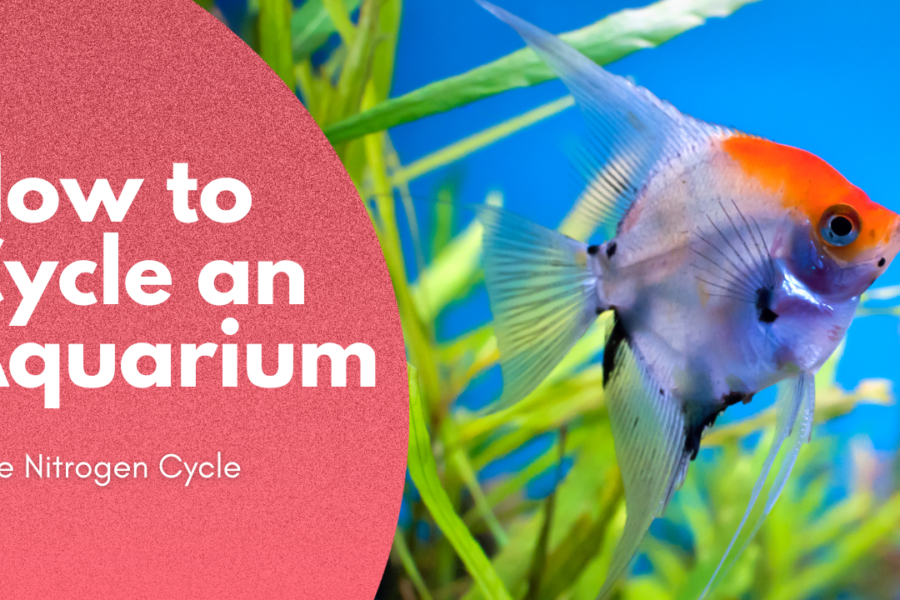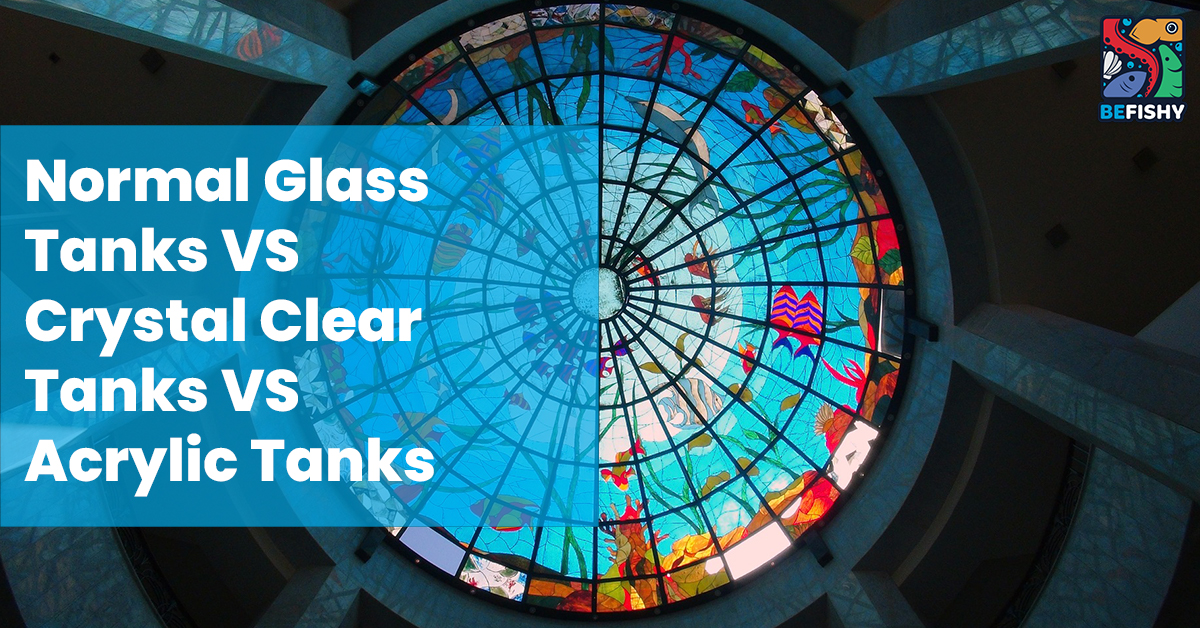Congratulations on your new fish or invert! So, what now? No worries, we’ve got you covered! Please note that there are a few different ways of acclimating fish but this is how we prefer to do it.
THE FLOAT, PLOP AND DROP METHOD
- Switch off the lights in your aquarium.
- Leave the bag unopened and let it float in your tank for 20-30 minutes.
- Prepare a net/container and a bucket.
- Do not mix water from the bag into your aquarium water.
- Grab your bucket and place the net or container over it.
- Pour the content of the bag (including your fish) into the net or container (for pufferfish) and let the water go through the net and into your bucket.
- Quickly, drop your fish into your aquarium.
- Leave aquarium lights off for 3 to 4 hours or for 24 hours to not add stress to your fish.
THE DRIP ACCLIMATION METHOD
- You will need an airline tubing, clips, flow valve (optional) and a bucket.
- This method is used for the more sensitive fish, inverts or aquatic inhabitants.
- Place your fish with the water from the bag into a bucket.
- If you have saltwater fish or other saltwater inhabitants, measure the salinity level of the water in the bag/bucket and your aquarium’s salinity level.
- (No flow valves) Grab the airline tubing and tie a few knots. Not too tight as we still want water to drip from it.
- Clip the airline tubing to your tank and place the other end into the bucket. We are creating a siphon so ensure your bucket is at a lower position than your aquarium.
- To create a siphon, suck on the airline tubing from the bucket end. (Try not to get water into your mouth.)
- (With flow valve) Simply insert flow valve in between 2 airline tubing. You can control the flow with this valve.
- The flow rate should be 4 to 5 drips per second. Let the water flow until the volume of the water has doubled in your bucket. Then, remove 50% of the water in the bucket and wait for it to refill again.
- You can now place your fish or invert into your desired aquarium.
- The process should take about 30 minutes to an hour.
- For saltwater creatures, we will have to match the salinity level to that of your desired aquarium if there is a salinity difference.
- Increase the salinity by no more than SG 0.002 per hour. The process is similar to the one mentioned above but instead of doubling the water in the bucket, you’d want to triple the amount of water in your bucket.
“IT IS HIGHLY ADVISABLE TO QUARANTINE YOUR FISH BEFORE ADDING IT TO AN ESTABLISHED AQUARIUM WITH OTHER FISH.”
FREQUENTLY ASKED QUESTIONS (FAQ)
Why do we have to leave the bag unopened in the float, plop and drop method?
– When your fish is being packed, besides adding water, oxygen is pumped into the bag to ensure your fish can breathe. While your fish is in the bag, it excretes carbon dioxide when it breathes, and excretes wastes and ammonia. In a closed bag, the carbon dioxide build up helps in keeping the pH level low ; thus making the ammonia content less toxic to fish.
– Once you’ve opened the bag, the carbon dioxide content in the bag escapes out into the atmosphere which in turn increases the pH level and IMMEDIATELY, GREATLY increases the ammonia content in the water. This causes a great ammonia spike, causing your fish to experience ammonia toxicity which could be fatal. To learn more about how ammonia affects your aquarium and fish, check out The Nitrogen Cycle.
What would happen if we do not acclimate our fish and inverts?
– Aquatic creatures are sensitive in nature. If they were to be placed directly into your aquarium without proper acclimation, the sudden change in temperature and water parameters may put them in shock and thus, death.
There you have it! We hope this guide has been helpful for you. Do you have more questions? Comment down below! Enjoy your new fish or invert!





